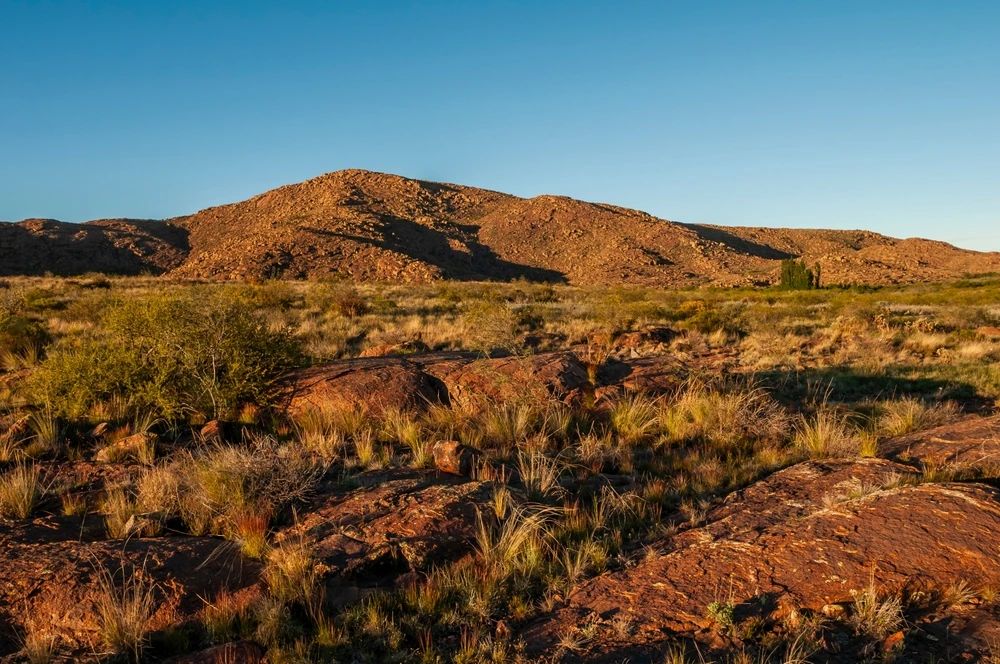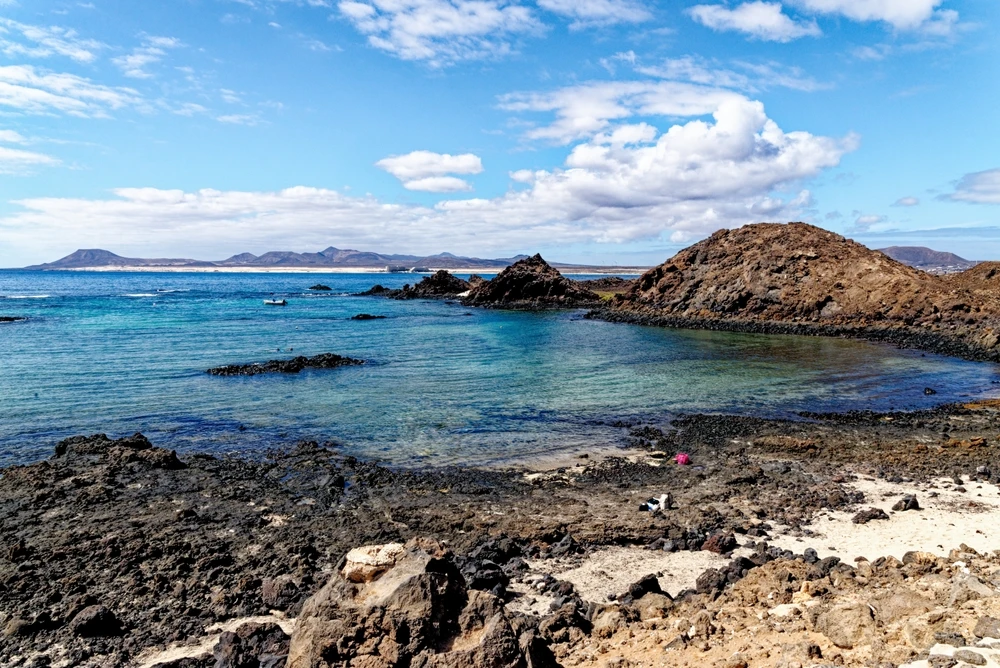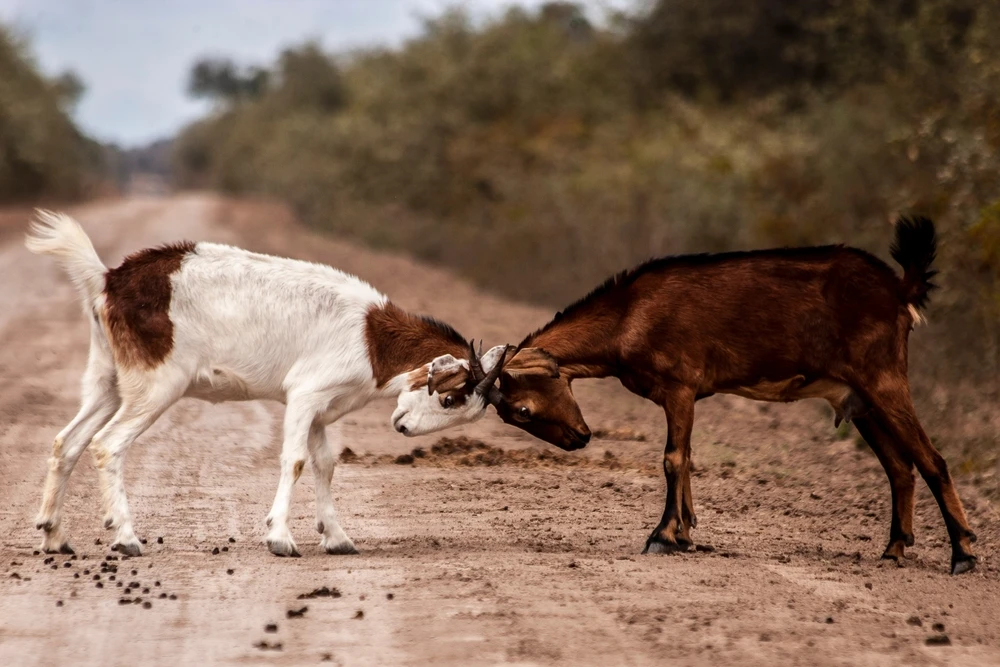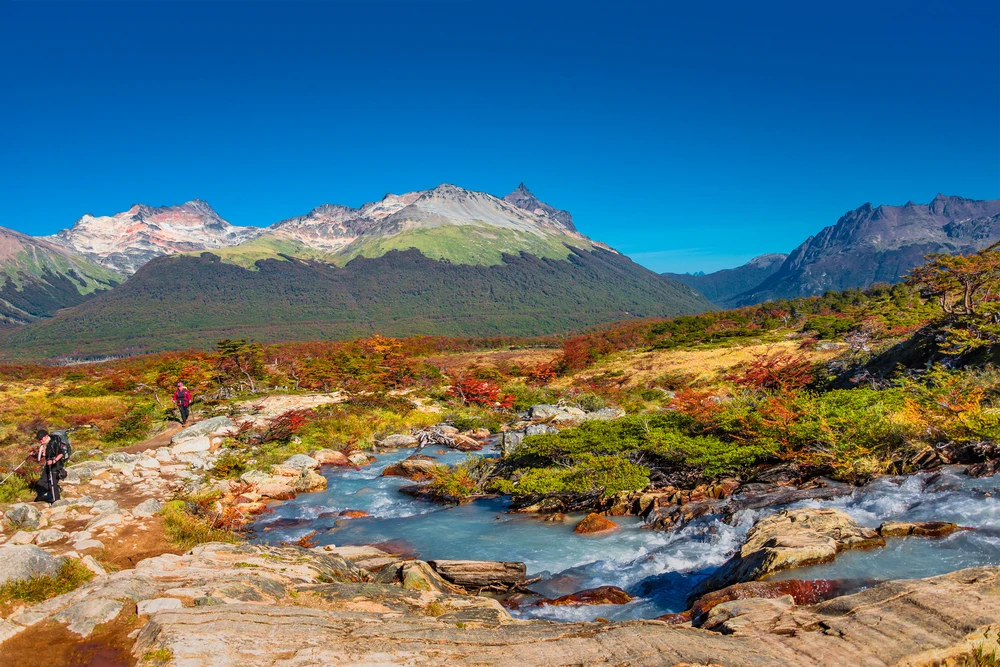Lihué Calel Overview
Lihué Calel National Park, or Parque Nacional Lihué Calel in Spanish, is a protected natural area located in central Argentina, within La Pampa Province.
The park spans approximately 124 square miles (320 square kilometers) and is known for its rugged terrain, which includes the Lihué Calel mountain range that rises above the otherwise flat landscape of the Pampas. The name “Lihué Calel” comes from the indigenous Mapuche language and translates to “mountain of life,” reflecting the importance of this area as a refuge for flora and fauna in an otherwise arid region.
The park is characterized by rocky hills, deep ravines, and a landscape shaped by geological activity over millions of years. Among its most striking geographical features are Cerro de la Sociedad Científica, the highest peak in the park, and the numerous granite outcrops that contrast with the surrounding plains.
The vegetation in Lihué Calel National Park consists of a mix of xerophytic and semi-arid plant species adapted to the harsh climate. Low shrubs dominate the landscape, including species such as jarilla, chañar, and piquillín, which are well-suited to withstand long periods of drought.
Cacti, grasses, and small trees are scattered throughout, adding to the region’s biodiversity. Riparian vegetation can be found along watercourses, providing essential habitat for local wildlife. Despite the semi-arid conditions, the park’s flora is rich in species that have adapted to limited rainfall and nutrient-poor soils.
Lihué Calel National Park provides a crucial habitat for a variety of wildlife, particularly mammals and birds that thrive in Argentina’s central plains. Visitors may encounter species such as guanacos, the largest native herbivore in the park, as well as armadillos, foxes, and the elusive puma, which roams the rocky hills in search of prey. Among the smaller mammals, the mara, a large rodent resembling a hare, is a unique sight.
The birdlife in the park is also diverse, featuring species such as the elegant crested tinamou, the black-chested buzzard-eagle, and the colorful burrowing parrot. Raptors are commonly seen soaring above the hills, while songbirds and smaller species find refuge in the park’s dense shrublands.
One of the park’s most significant attractions is its rich cultural history, as evidenced by ancient indigenous petroglyphs found in various locations. These rock carvings, attributed to pre-Columbian cultures, provide insight into the spiritual and artistic expressions of early inhabitants.
The park also contains remnants of old settlements, trails, and landmarks that hint at the region’s historical importance for indigenous groups and later European settlers. The Cueva de Halada, a small rock shelter featuring petroglyphs, is a notable point of interest for visitors interested in archaeology and anthropology.
Visitors to Lihué Calel National Park can engage with its landscape and wildlife through a variety of activities. Hiking is one of the most popular ways to explore, with trails leading through the rocky terrain, offering scenic views and opportunities for wildlife observation.
The Sendero Valle de las Pinturas is a particularly rewarding trail that takes visitors past indigenous rock art sites and through some of the most picturesque areas of the park. Birdwatching is another major draw, as the park’s diverse avian population provides endless opportunities for enthusiasts to spot unique species.
Camping is permitted in designated areas, allowing visitors to experience the solitude and beauty of the park under a sky filled with stars. Educational programs and guided tours provide additional ways for visitors to deepen their understanding of the park’s ecological and cultural significance.
Conservation efforts in Lihué Calel National Park focus on protecting its unique biodiversity and preserving its cultural heritage. Challenges include desertification, climate change, and the encroachment of invasive species that threaten native flora and fauna.
However, successful management strategies have led to the recovery of key species, and ongoing research aims to ensure the long-term sustainability of the park’s ecosystems. The park is managed by Argentina’s National Parks Administration, which implements conservation policies, monitors wildlife populations, and works to educate the public on the importance of preserving this remarkable landscape.


















































































